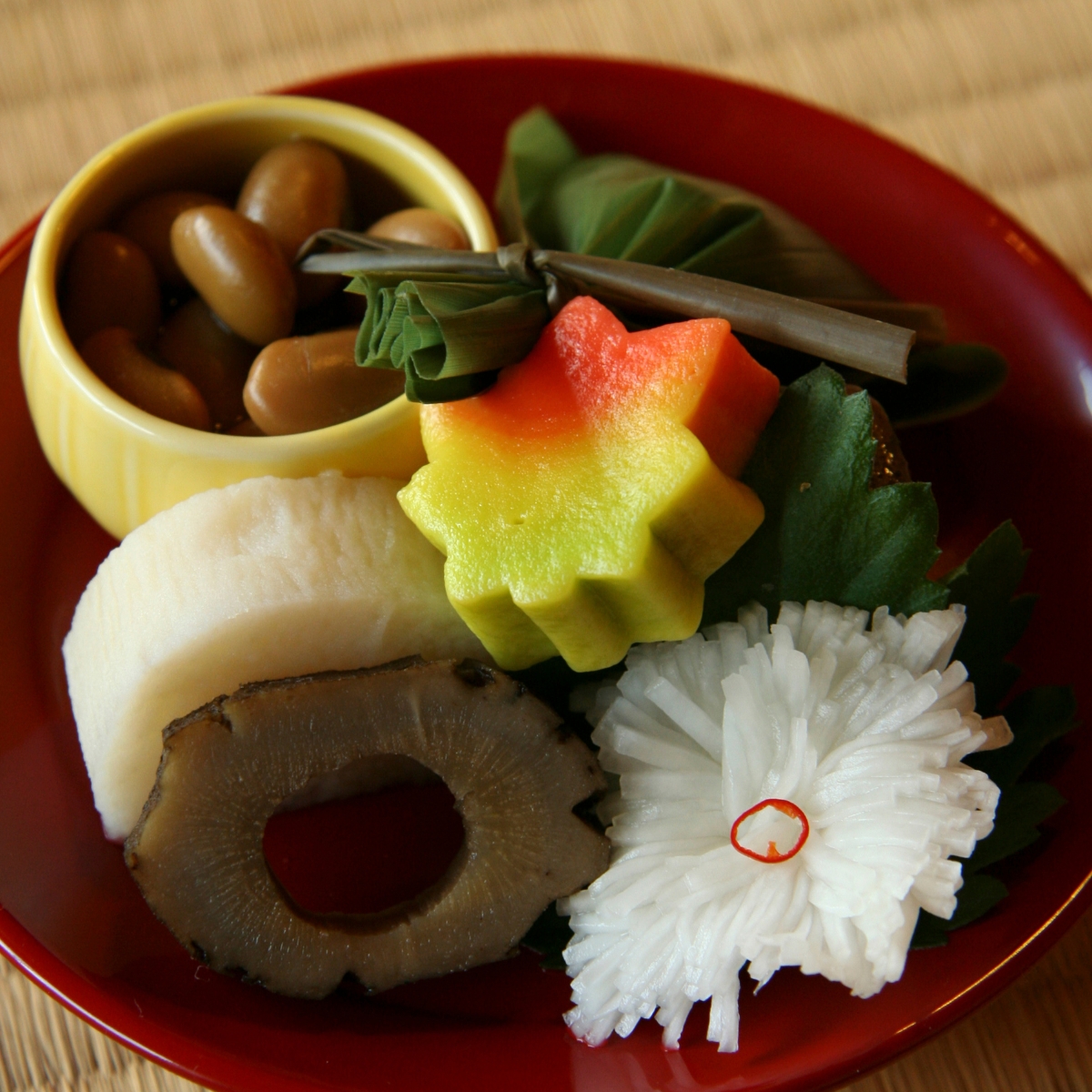Discover the Principles of Shojin Ryori: A Guide
Shojin Ryori is a vegetarian Japanese cuisine prepared by Buddhist monks. It’s part of the traditional Japanese tea ceremony and served in temples. The cuisine is based on the five elements of earth, water, fire, wind, and sky and uses no animal products.
Let’s look at everything that makes this cuisine so special.


Check out our new cookbook
Bitemybun's family recipes with complete meal planner and recipe guide.
Try it out for free with Kindle Unlimited:
Read for freeIn this post we'll cover:
What is Shojin Ryori?
What is Shojin Ryori?
Ever heard of Shojin Ryori? It’s a traditional Japanese cuisine that’s been around for centuries! It’s a type of vegetarian cooking that’s based on Buddhist principles, and it’s becoming increasingly popular in the West.
What Makes Shojin Ryori Unique?
Shojin Ryori is unique in that it’s all about balance and harmony. It’s about creating a meal that’s both nutritious and delicious, without relying on meat or dairy products. The ingredients are typically plant-based, like vegetables, grains, and legumes, and the dishes are often cooked with minimal oil and salt.
Where Can You Find Shojin Ryori?
If you’re looking to try Shojin Ryori, you’re in luck! You can find it in many Japanese restaurants around the world, as well as in some specialty stores. You can also find recipes online, so you can make your own Shojin Ryori dishes at home. Here are some tips to get you started:
- Choose fresh, seasonal ingredients.
- Experiment with different flavors and textures.
- Don’t be afraid to get creative!
So if you’re looking for a delicious, healthy, and unique way to enjoy your meals, give Shojin Ryori a try!
A Brief History of Shojin Ryori
The Introduction of Buddhism
It all started way back in 552 CE when Buddhism made its grand entrance into Japan. Monks from Korea brought it with them and it quickly spread like wildfire. It’s been a major influence in Japanese culture ever since, with over 70,000 temples now scattered throughout the country.
The Birth of Shojin Ryori
Shojin Ryori was brought to Japan by monks from China and Korea. Manpuku Temple in Kyoto was one of the first places to adopt the practices, and it’s now seen as a major milestone in the history of Shojin Ryori.
What’s Shojin Ryori All About?
Shojin Ryori is all about enjoying delicious, healthy food without breaking the bank. It’s based on Buddhist principles and focuses on using fresh, seasonal ingredients. Plus, it’s super easy to make, so even the most inexperienced of cooks can whip up a tasty meal. Here’s a few of the highlights:
- It’s vegetarian-friendly, so no need to worry about offending any meat-eaters.
- It’s full of nutritious ingredients, so you can feel good about what you’re eating.
- It’s super affordable, so you don’t have to break the bank to enjoy a tasty meal.
- It’s easy to make, so you don’t have to be a master chef to make a delicious dish.
What is Shojin Ryori?
The Basics
Shojin Ryori is a type of vegetarian (and often vegan) cuisine that follows the Buddhist principle of ahimsa (compassion) towards all living beings. It’s all about using local, organic, and seasonal ingredients, though some temples may allow for a bit of modern convenience. And of course, it’s all about the number five – five dishes, five colors, five flavors, five preparation methods, and five elements.
The Five Elements Theory
The Five Elements Theory (or godai in Japanese, wuxing in Chinese) is a big part of Shojin Ryori. It’s all about the different energies found in fruits, legumes, and vegetables. Sweet, sour, salty, bitter, and savory flavors. White, green, yellow, dark (black), and red colors. Raw, stewed, boiled, roasted, and steamed preparation methods.
Where to Find Shojin Ryori
If you’re looking to get your hands on some Shojin Ryori, here’s a list of ten restaurants in Japan that serve it up:
- Komaki Shokudo in Tokyo
- Komaki Shokudo in Kyoto
- Komaki Shokudo in Osaka
- Komaki Shokudo in Hiroshima
- Komaki Shokudo in Fukuoka
- Komaki Shokudo in Nagoya
- Komaki Shokudo in Sapporo
- Komaki Shokudo in Sendai
- Komaki Shokudo in Kagoshima
- Komaki Shokudo in Kumamoto
So, if you’re looking for a delicious, vegan-friendly meal that follows the Buddhist principle of ahimsa, Shojin Ryori is the way to go!
FAQ
Is Shojin Ryori Healthy?
Shojin Ryori is an incredibly healthy way to eat! This Japanese Buddhist cuisine is packed with nutrient-rich ingredients like daikon radish and eggplant, making it a great choice for anyone looking to get their daily dose of vitamins and minerals. Plus, it’s totally plant-based, so it’s perfect for vegetarians and vegans. Not to mention, it’s also incredibly flavorful and sophisticated, so you won’t have to sacrifice taste for health. So if you’re looking for a delicious, nutritious way to eat, then look no further than shojin ryori!
Conclusion
Shojin Ryori is a Japanese Buddhist vegetarian cuisine, featuring plant-based ingredients and no meat. It’s served in special restaurants and temples.
It’s a great way to explore Japanese culture and cuisine and a great way to eat healthy. It’s also a great way to learn about the history of Buddhism in Japan and how it’s influenced the culture.
Check out our new cookbook
Bitemybun's family recipes with complete meal planner and recipe guide.
Try it out for free with Kindle Unlimited:
Read for freeJoost Nusselder, the founder of Bite My Bun is a content marketer, dad and loves trying out new food with Japanese food at the heart of his passion, and together with his team he's been creating in-depth blog articles since 2016 to help loyal readers with recipes and cooking tips.
